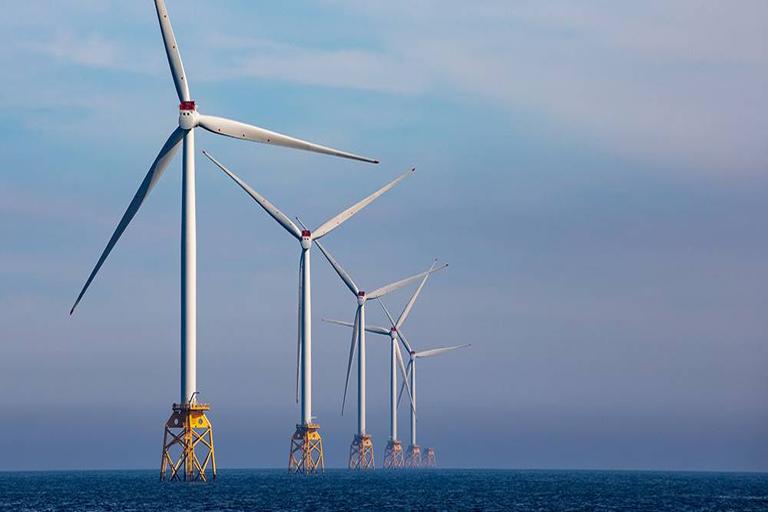Scotland’s renewable energy ambitions received a significant boost as new offshore wind projects along the east coast moved into their next phase of development. Engineers working on the sites say the latest turbine models are expected to deliver substantially higher output than previous generations, helping the UK meet its long-term target of transitioning to a low-carbon energy system. Local officials have welcomed the expansion, noting that construction activity is already creating skilled jobs in nearby coastal communities.
Industry analysts say Scotland’s geographic position offers ideal conditions for offshore wind investments, with strong and consistent wind speeds contributing to reliable energy generation. Developers have been refining turbine placement to maximise efficiency while minimising potential disruption to marine environments. Early modelling suggests the new wind farms could power hundreds of thousands of homes once fully operational, reinforcing Scotland’s role as a central player in the UK’s renewable energy landscape.
Environmental groups have expressed cautious optimism, acknowledging the potential benefits of clean energy while emphasising the need for close ecological monitoring. Marine biologists are particularly focused on the migration patterns of seabirds and marine mammals, ensuring that turbine installation does not impact feeding grounds or disrupt sensitive habitats. Developers have responded by collaborating with conservation organisations to introduce mitigation measures and conduct regular assessments throughout the construction process.
Local businesses are also poised to benefit from the expansion, with increased demand for engineering services, transportation logistics and specialist maintenance roles. Ports along the east coast have been upgrading their facilities to accommodate the vessels and equipment required for large-scale turbine installation. Stakeholders say this influx of investment could help revitalise coastal towns that have experienced economic challenges in recent years.
As construction progresses, attention is turning to the long-term economic and environmental implications of Scotland’s offshore wind programme. Supporters argue that the projects offer a clear pathway toward reducing reliance on fossil fuels, improving energy security and lowering carbon emissions. Critics, however, urge policymakers to ensure that infrastructure investment is matched by continued support for community consultation and environmental stewardship. Despite the debate, momentum behind Scotland’s renewable energy drive shows no sign of slowing.
